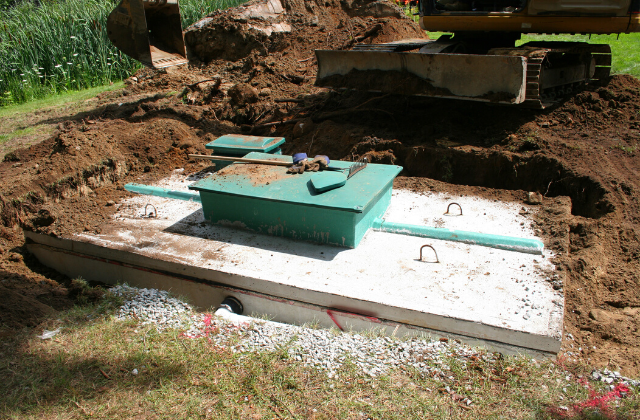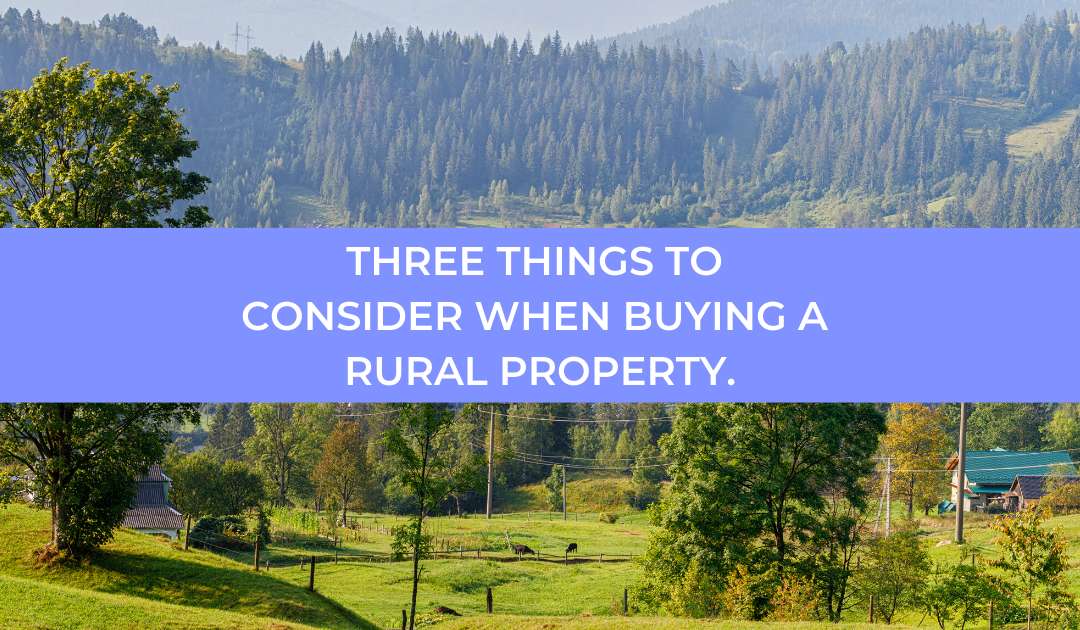Purchasing a rural home can be stressful and overwhelming, especially if you have never owned or lived in one before. Not only do you have the regular stressors of shopping for a home but you will also have a few more responsibilities that comes with it as well. In this article we will go over the top three things you should consider when purchasing a rural home like well and septic systems, and rural zoning.
RU Zoning
What is RU Zoning? Well, if you’re considering a rural property purchase, zoning and zoning restrictions are something you should get acquainted with. RU Zoning stands for rural zoning. It is important to know the zoning of the property you’re considering purchasing because there could be some use restrictions that can prevent you from using the property the way you envisioned or intended. For instance, RU EP zone would be an environmentally protected rural site meaning there are use restrictions in place that can prevent certain construction or erecting of structures due to the EP zone. Some other issues could arise such as water setbacks (minimum distance between proposed structure and waterway).
Before making a rural purchase please take the time to investigate the zoning of the proposed property to determine the class of zoning, what can be built on the site and where, and to see if their are any use restrictions that will in turn effect your desired use.
Buying a house with a well
A faulty well can pose serious health risk to you, your family and neighbours, and can be quite costly to mend or replace. It is, crucial to conduct a detailed inspection of the well system before purchasing a home. When purchasing a home with a private water system there are 3 things to note; the well system as a whole, water quality, and water quantity (flow capacity).

Starting with the basics; there are 3 types of well systems that you may come across while browsing for a rural home. Dug, bored or drilled wells. Dug and drilled wells are the most common in the Quinte area. Dug/bored wells can be anywhere from 60-120cm in diameter and are commonly used to produce water from shallow surface aquifers. Wells pull water from aquifers, which are areas of water-saturated permeable soil or rock. Some soils make for good aquifers, such as loose gravel that can support high water pumping rates while other types of soil make for poor aquifers, such as silty sand and clay which cannot support high water pumping quantity. Drilled wells are approximately 10-20cm in diameter and are a more common type of well when aquifers are not as shallow. These wells can be Drilled anywhere from 15-60m below surface level. They may be more costly for initial installation, however, a drilled well will provide much safer drinking water for your household.
Some standard features of wells include the casing, inlet, pumping system, and surface protection. The well casing is the cylindrical tube placed in the well to maintain the well opening from the target ground water to the surface. The casing keeps dirt and excess water out of the well. The well cap rests on top of the casing (like a lid) to prevent debris, insects, or small animals from getting into the well. The pumping system is most commonly used for deep private wells. The pumping unit is placed inside the well casing and connected to a power source on the surface. Finally, the surface protection is important to sure contaminants steer clear of entering the well. If you’re considering putting an offer in on a property that uses well water, it is important to have an inspection done before the purchase. If a problem does arise (for example, cracked well seals, settled casing), contact a licensed well contractor to correct the problem.
Septic systems
Whether your mind is set on purchasing a rural property or vacant lot with plans to construct your rural dream home, a septic system is most likely in your future. Considering municipal services rarely reach past city limits, the sewage and wastewater from your home will need to go somewhere. That’s what a septic system is for. They typically consist of a buried septic tank and a drain field that can fit within the yard of the home.

Household waste from your kitchen, bathrooms, and laundry room flow directly into the septic tank where solids and liquids are separated for treatment. Liquid waste runs out of the tank through pipes, where it is slowly released into the leaching field where it seeps through the soil and is purified before reaching the groundwater. The leaching bed is made up of porous materials, such as sand and gravel, and acts as a filter to clean the water before it seeps back into the ground. Solids, such as soap suds and fat, float to the top and form a scum layer that remain on the top and gradually thicken until the tank is cleaned. Septic tanks are typically pumped (cleaned) every three to five years. Alternative systems with electrical float switches, pumps, or mechanical components should be inspected more often, generally once a year.
If you’re taking the route of purchasing a vacant lot to build a home, section 8 of the Ontario Building Code regulates sewage systems. The building code will regulate things like the design, construction, operation and maintenance. The local municipality’s Building Department looks over plans, issues the permits required, and does inspections for systems regulated under the building code. In some regions, the local Conservation Authorities or Health Units will issue approval. The Municipal Building Department will be able to redirect questions. Proper approvals under the OBC must be obtained by the homeowner before installing any of the suggestions for improving system performance.
If a rural purchase is in your future, ensure you have a good grasp on the added responsibilities that come with rural homeownership and the systems that are used like zoning, wells and septic systems. If you’re ever unsure about the functionality or ability of these systems, contact a third party professional or ask your realtor for assistance or recommendations.
